How can your utility company prepare and mitigate workplace violence? The first step is to understand the different types of workplace violence and who is most susceptible to each.
- Criminal Intent: The perpetrator has no legitimate business relationship with the workplace and usually enters the affected workplace to commit a robbery or other criminal act. For utility companies, this could include a linesman being assaulted on public ground by a bypasser or neighbour.
- Customer/client: The perpetrator is either the recipient or the object of a service provided by the affected workplace or the victim. The assailant may be a current or former client, patient, customer, passenger, or criminal suspect. For a utility company, this type of perpetrator is often a customer who is behind on bill payments and is at risk of having their power shut off. Unfortunately, this type of violence happens more than we’d like to think at utility companies and can end fatally.
- Co-worker: The perpetrator has some employment-related involvement with the affected workplace. Usually, this involves an assault by a current or former employee, supervisor or manager. According to the Bureau of Labor Statistics, there have been over 400 fatal workplace shooting in the US in 2019, and over 20,000 non-fatal workplace violence incidents.
- Personal Relationship: The perpetrator is someone who does not work there but has or is known to have had a personal relationship with an employee.
Becoming familiar with the different types of workplace violence makes it easier to create a framework for prevention strategies. Let’s look at some mitigation tactics for each type of workplace violence.
Criminal Intent
In general, to reduce the likelihood of a criminal attack at work it is important to have strong cash control. Keeping cash away from eyesight will reduce the likelihood of a cash motivated attack. At nighttime, floodlights to keep areas well-lit can also help act as a deterrent to criminal activity, combined with entry and exit control the risk is greatly reduced.
Proper signage can help reduce the likelihood of a criminal attack as well. Be sure to provide the necessary equipment for your employees so they can contact emergency services if they are threatened or have been attacked.
Customer/client violence
To reduce customer/client violence our focus must shift from facility management to employee preparedness. Situational awareness and the ability of staff to recognize behavioural cues and de-escalate volatile situations become increasingly important.
Interpersonal communication skills are critical. Demonstrating empathy, and even doing something as simple as asking “what is your name” can help defuse a situation.
Co-worker
Having an effective hiring process with reference checks and conducting a criminal background check is step one to reducing co-worker violence. Next, you will want to implement new-hire training and practice refresher training periodically. In 2020, over 30% of people said they were unaware of their company’s safety plan. Having a plan is step one; effectively distributing that plan and ensuring it is communicated throughout the organization is an even more crucial step.
Personal Relationships
Creating a culture of safety and support is one of the best methods for reducing personal relationship violence at work. Provide training and create policies around what type of behaviour is encouraged as well as discouraged.
Create a workplace violence prevention plan
Once you have identified the types of workplace violence along with some mitigation practices you can begin to assemble your own workplace violence prevention plan. Your plan should include a worksite analysis, hazard and prevention control, as well as safety and health training.
Worksite risk analysis
Conduct an analysis of your worksite or worksites to evaluate your organization's most vulnerable to violence. That includes analyzing potential hazards in the physical environment as well as particularly vulnerable people working in vulnerable positions — working alone, for example.
Hazard and prevention control
After you identify the hazards of the workplace, the employer is responsible for implementing appropriate controls to eliminate or reduce the hazard. To effectively control hazards, OSHA recommends employers should:
- Involve workers, who often have the best understanding of the conditions that create hazards and insights into how they can be controlled.
- Identify and evaluate options for controlling hazards, using a "hierarchy of controls."
- Use a hazard control plan to guide the selection and implementation of controls and implement controls according to the plan.
- Develop plans with measures to protect workers during emergencies and non-routine activities.
- Evaluate the effectiveness of existing controls to determine whether they continue to provide protection, or whether different controls may be more effective. Review new technologies for their potential to be more protective, more reliable, or less costly.
Safety and health training
Be sure to provide training throughout all levels of the organization starting upon hire and continued regularly to ensure the learnings are not forgotten. Review your hazard prevention and controls with employees, invite them to train in de-escalation techniques and train employees how to use safety devices, panic buttons and other technologies.
Learn more about utility safety with Telelink
Telelink helps keep utility workers safe with 24/7 lone worker monitoring. Utility work is some of the most dangerous work in the world. Telelink is a one-stop-shop for utilities looking to reduce the risk of their lone workers. From technology sourcing, process customization, and around the clock monitoring, Telelink has you covered. Get in touch today.




Post a Comment